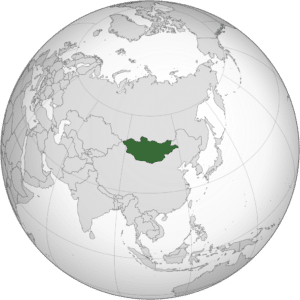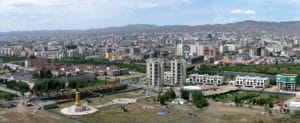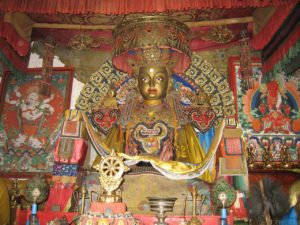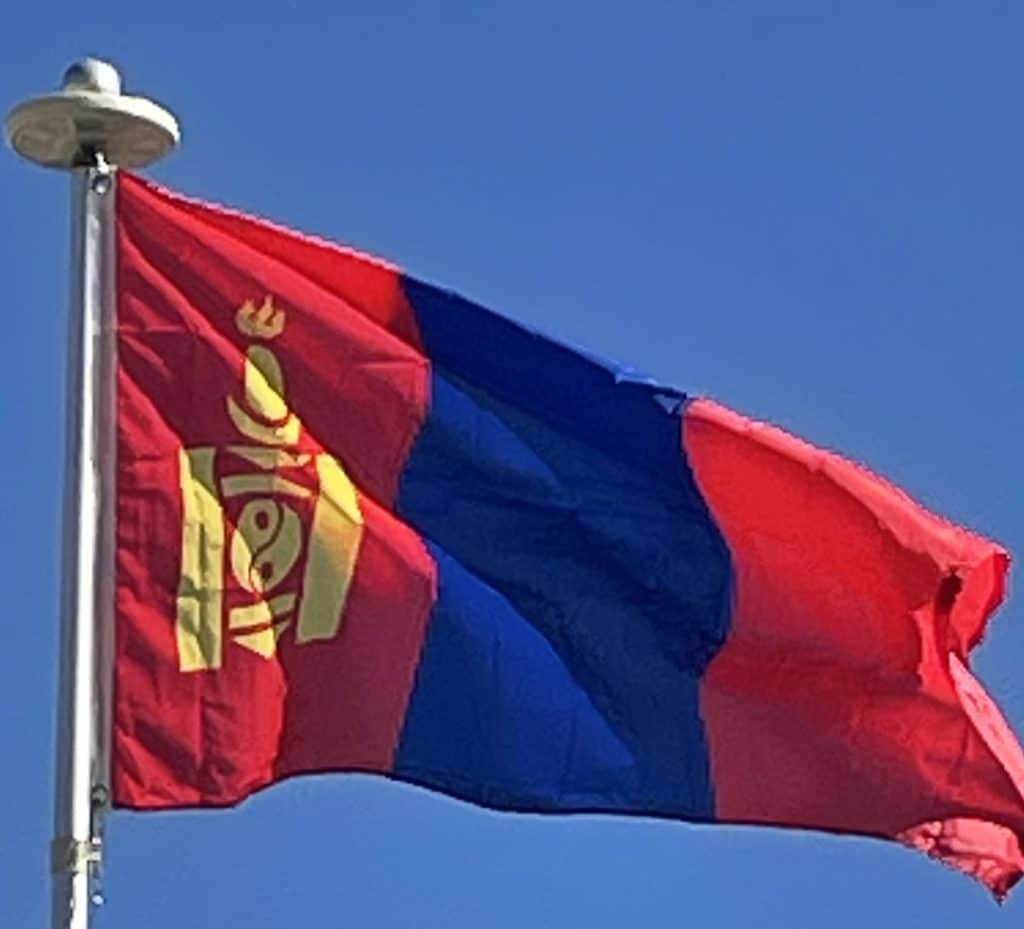Introduction:
Mongolia is a landlocked country in East Asia. Its area is roughly equivalent with the historical territory of Outer Mongolia, which is sometimes used to refer to the current state. It is situated between Russia to the north and China to the south, where it neighbors the Inner Mongolia Autonomous Region. Mongolia does not share a border with Kazakhstan, although only 37 kilometers (23 miles) separate them.

Mongolia’s area is 1,564,116 square kilometers (603,909 square miles), and with a population of just 3.3 million, makes it the 18th-largest sovereign state and one of the most sparsely populated. It is the world’s second-largest landlocked country, behind Kazakhstan, and the largest landlocked country that does not border a closed sea. Mongolia contains very little arable land, as much of its area is covered by grassy steppe, with mountains to the north and west and the Gobi Desert to the south. Ulaanbaatar, the capital and largest city, is home to about 45% of the country’s population. It is also ranked the coldest capital city alongside Moscow, Ottawa, and Nur-Sultan.
Approximately 30% of the population is nomadic or semi-nomadic; horse culture remains integral. Buddhism is the majority religion, with the nonreligious being the second-largest group. Islam is the second-largest religion, concentrated among ethnic Kazakhs. Most citizens are ethnic Mongols, with roughly 4% of the population being Kazakhs, Tuvans, and other minorities, who are especially concentrated in the west.

What is now Mongolia has been ruled by various nomadic empires, including the Xiongnu, the Xianbei, the Rouran, the First Turkic Khaganate, and others. In 1206, Genghis Khan founded the Mongol Empire, which became the largest contiguous land empire in history. His grandson Kublai Khan conquered China to establish the Yuan dynasty. After the collapse of the Yuan, the Mongols retreated to Mongolia and resumed their earlier pattern of factional conflict, except during the era of Dayan Khan and Tumen Zasagt Khan.
In the 16th century, Tibetan Buddhism spread to Mongolia, being further led by the Manchu-founded Qing dynasty, which absorbed the country in the 17th century. By the early 20th century, almost one-third of the adult male population were Buddhist monks. After the collapse of the Qing dynasty in 1911, Mongolia declared independence, and achieved actual independence from the Republic of China in 1921. Shortly thereafter, the country became a satellite of the Soviet Union, which had aided its independence from China. In 1924, the Mongolian People’s Republic was founded as a socialist state. After the anti-Communist revolutions of 1989, Mongolia conducted its own peaceful democratic revolution in early 1990. This led to a multi-party system, a new constitution of 1992, and transition to a market economy.

Mongolia is a member of the United Nations, Asia Cooperation Dialogue, G77, Asian Infrastructure Investment Bank, Non-Aligned Movement and a NATO global partner. It joined the World Trade Organization in 1997 and seeks to expand its participation in regional economic and trade groups.
History:
Prehistory and Antiquity:
Homo erectus inhabited Mongolia from 850,000 years ago. Modern humans reached Mongolia approximately 40,000 years ago during the Upper Paleolithic. The Khoit Tsenkher Cave in Khovd Province shows lively pink, brown, and red ochre paintings (dated to 20,000 years ago) of mammoths, lynx, bactrian camels, and ostriches, earning it the nickname “the Lascaux of Mongolia”. The venus figurines of Mal’ta (21,000 years ago) testify to the level of Upper Paleolithic art in northern Mongolia; Mal’ta is now part of Russia.
